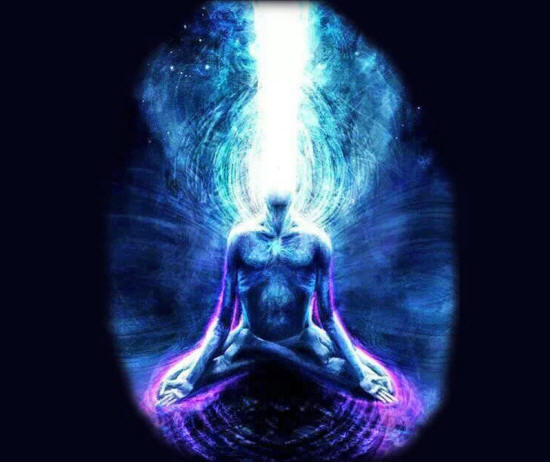|

by Ivan Petricevic
December 12,
2017
from
Ancient-Code Website

A study by scientists
from the
University of Bielefeld has proven
how plants can extract an alternative source of energy from other
plants.
This finding, say experts, could have a major impact on the future
of
bioenergy and how we understand it,
and finally, providing evidence that shows that people as well have
the 'ability' to draw energy from others in the same way.
In other words, it means that people can absorb energy from others
that surround them.
So next time, when you meet someone new and get that feeling as if
you are surrounded by negative energy, you might actually be onto
something.
Professor Dr. Olaf Kruse and his biological research team
have found that green alga
Chlamydomonas Reinhardtii, not only
engages in photosynthesis but 'feeds off an alternative source of
energy', meaning that it has the ability draw it from other plants.
The findings (Cellulose
Degradation and Assimilation by the Unicellular Phototrophic
Eukaryote Chlamydomonas reinhardtii) were published in
the journal Nature Communications.
As explained by psychologist and healing energy Dr. Olivia
Bader-Lee, flowers need water and light to grow and people are
not so different from plants.
Our physical bodies are
like sponges, and we can absorb from the environment.
"This is exactly why
there are certain individuals who feel uncomfortable in specific
groups where there is a mixture of energy and emotions," says
Dr. Bader-Lee.

"The human organism is very similar to a plant, which takes the
energy necessary to feed the emotional states and this essence
can energize the cells…"
As noted by Dr. Kruse,
plants engage in the photosynthesis of carbon dioxide, water, and
light.
Experts have managed to show through a series of experiments, by
cultivating Chlamydomonas reinhardtii, that, when faced with a
shortage of energy, these single-cell plants drew energy from
neighboring vegetable cellulose.
The alga can secrete enzymes that 'digest' cellulose, and break it
down into smaller components.
Afterwards, the components are carried into the cells and turned
into an energy source, allowing the alga to continue growing.
"This is the first
time that such a behavior has been verified in a vegetable
organism," says Professor Kruse.
"That algae can digest cellulose contradicts every previous
textbook. To a certain extent, what we are seeing is plants
eating plants."
Since this has been
observed in the Chlamydomonas reinhardtii for the first time,
researchers are expanding their study and searching for similar
mechanisms in other types of alga.
Researchers note that preliminary findings indicate that this is the
case.
"When energy studies
become more advanced in the near future, we will eventually see
this translated to human beings as well," stated Bader-Lee.
"The human organism is similar to a plant, it has the
ability to draw needed energy
to feed emotional states and this can essentially energize cells
or cause increases in cortisol and catabolize cells depending on
the emotional trigger."
Humans are like plants,
and the same occurs with the human body
Dr. Bader-Lee believes the same can be applied to humans.
References
|



